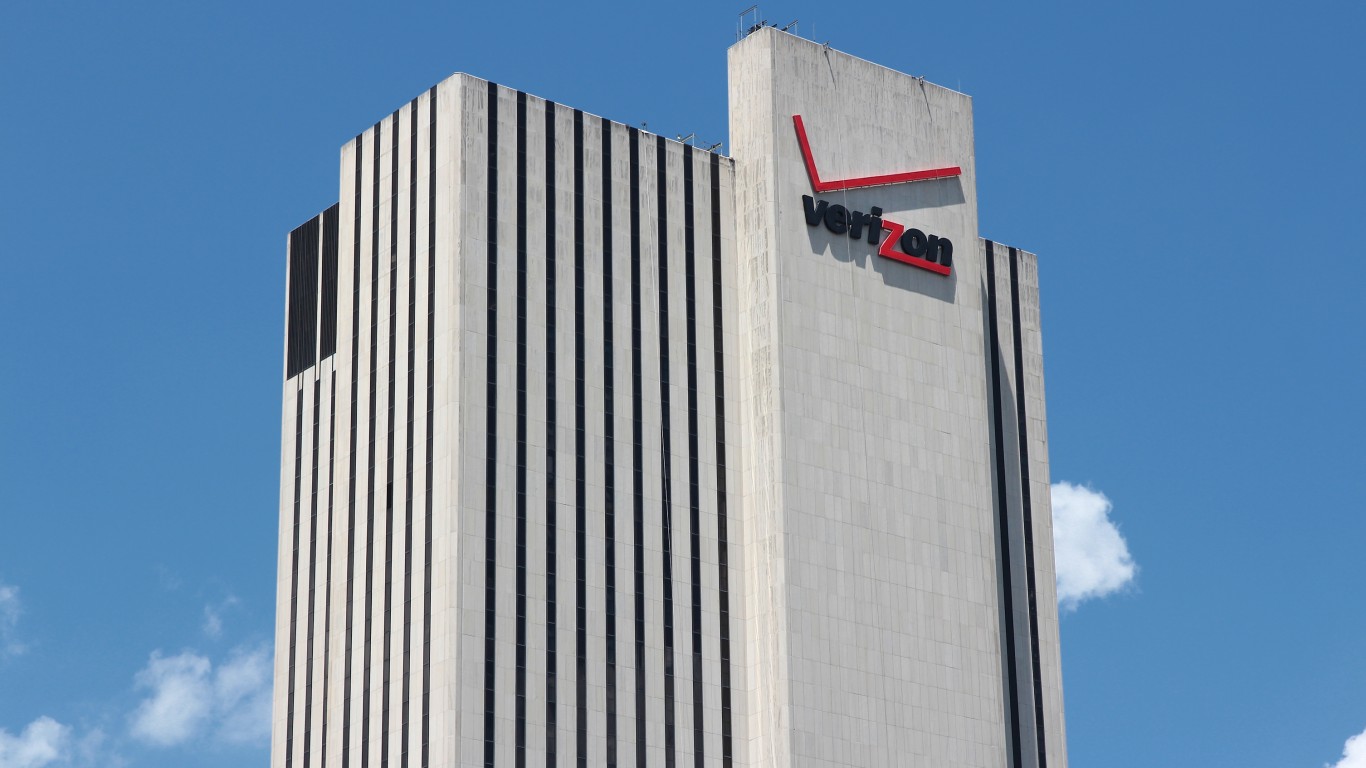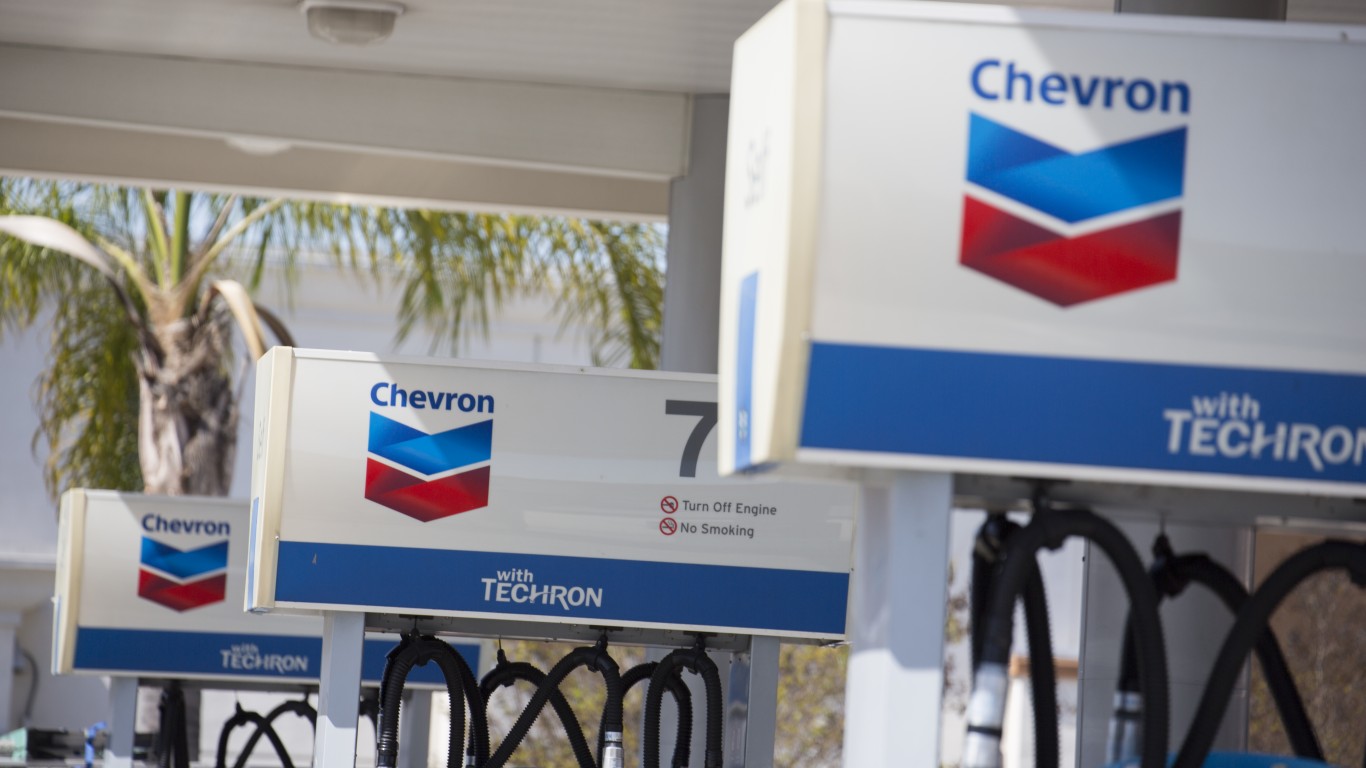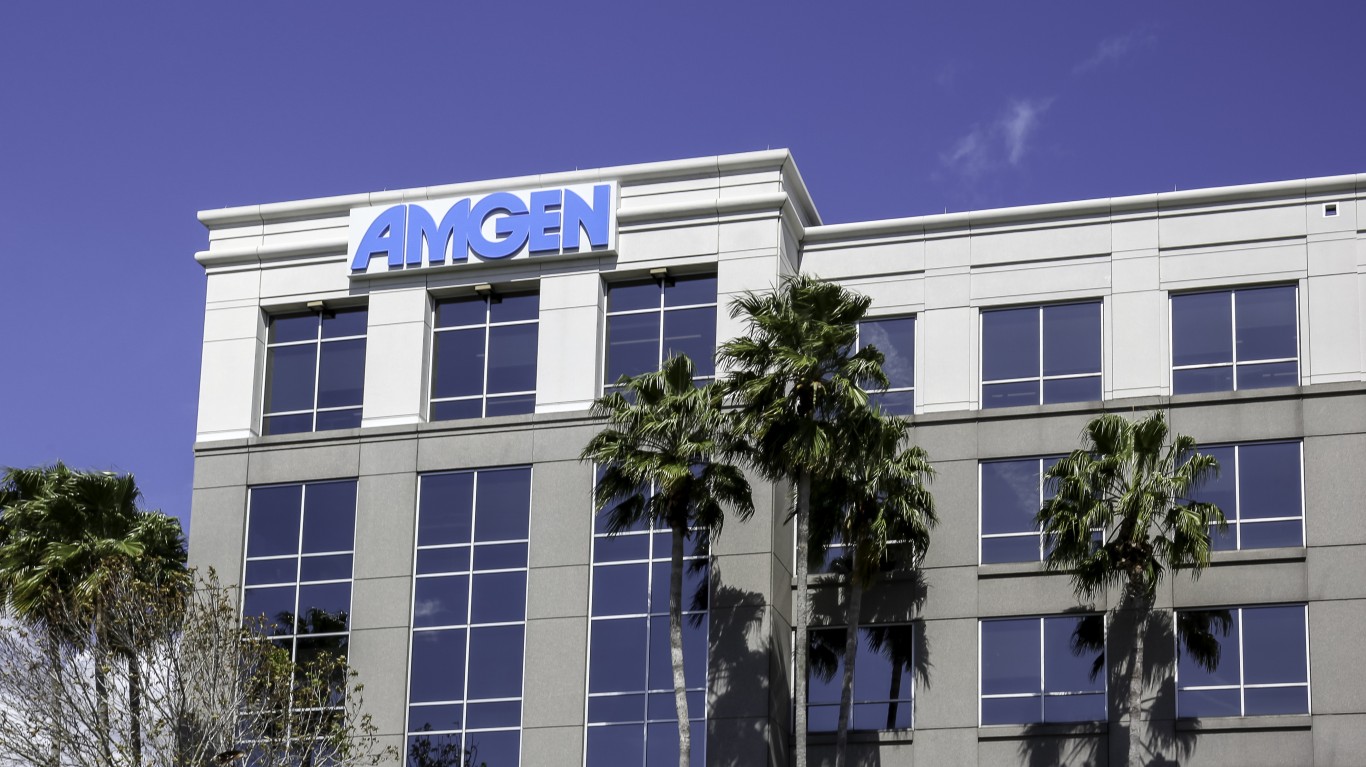Investing
It Is Worth It to Buy the 3 Highest Paying Dividend Stocks in the Dow Jones?

Published:

The Dow Jones Industrial Average has been considered a reliable snapshot reference for the health of American industry for over 130 years. For those with only a cursory knowledge of American industry, easily recognizable names of companies like General Electric or Exxon Mobil would lead one to expect that they were members of the Dow Jones exclusive 30 stock group. The assumption would be correct – if they were citing the Dow average from 2016.
Given that Dow Jones Average membership is in a state of flux, criteria that is pertinent to an investor’s particular requirements should take precedence in an evaluation. That said, for those investors insisting on a Dow Jones Average member stock with the highest possible dividend yield, the three leaders in that category at the time of this writing are Verizon, Chevron, and Amgen. However, a closer look at each one is warranted.

Stock #1 : Verizon Communications (NYSE: VZ)
Yield: 6.80%
With 37% of market share, Verizon Communications is the presently the largest US wireless carrier, based on its extensive national network. Verizon was formed in 2000 from the former “Baby Bell” companies, Bell Atlantic and Nynex, along with GTE, which were originally all part of AT&T (NYSE: T), or Ma Bell, and split up in 1984 by the DOJ in an antitrust case.
As the wireless sector has become increasingly competitive with new players, such as Mint Mobile, which was sold by Deadpool actor and entrepreneur Ryan Reynolds to T-Mobile last year, Verizon has risen to the challenge. The company doubled its new retail postpaid subscriptions as of Q3 2024, and increased wireless revenues 2,7% year-over-year.
Verizon’s FIOS optic fiber system is the core of its 5G network and they proudly advertise that it has been the recipient of the greatest number of consumer awards for customer satisfaction and internet speeds over the past decade. Over the past 9 quarters, Verizon has successfully managed to add over 375,000 new broadband subscriptions, furthering its 5G and 6G footprint in connected industries, such as IoT(Internet of Things) and streaming entertainment. The company also acquired Frontier Communications in September, which is estimated to add 25 million fiber optic service subscribers and aid in reaching a 2028 target goal of 30 million subscribers.
AI implementation from Verizon is already an in-house utility tool. Its use of AI machine learning is being used to identify and analyze any risks to its underground fiber optic network. The new AI powered Verizon 811 system is expected to drastically reduce FIOS service outages and cut yearly repair costs by being proactive in preventing fiber optic infrastructure damage from underground excavation, construction, electrical or sewage repair, or any other causes of accidental damage to thousands of fiber optic lines.
Additionally, Verizon’s human-assisted GenAI applications are streamlining processes, better equipping Verizon employees to enhance the customer service experience. Verizon states that its GenAI platform has improved accurate customer inquiry problem solving to 95% by steering personal customer information to the rep best qualified for the problem at hand. The GenAI then suggests the menu of solutions with the most comprehensive one highlighted.
Most recently on the AI front, Verizon announced a partnership in December with Nvidia (NASDAQ: NVDA) that will integrate Verizon 5G networks and Mobile Edge Compute (MEC) with Nvidia’s AI Enterprise software and NIM microservices. The partnership is expected to deliver high-bandwidth, minimal latency generative AI, computer vision and AR/VR for various industries.
Conversely – despite Verizon’s financial and business growth metrics, its 1 year trading range ($37-$45) has stayed within roughly 8 points, and has not approached its $61 high price in the last 5 years. The 6.80% yield will likely reduce if the stock price can break back over $50, but otherwise, there are other market factors at this time that are preventing such a run.

Stock #2: Chevron Corporation (NYSE: CVX)
Yield: 4.56%
Chevron is the second largest US oil company by market cap. At the time of this writing, the CVX market cap is at $255 billion. Its primary business is in oil and gas.
As one of the largest Permian Basin crude oil producers, Chevron is a leader in drilling and exploration of shale oil, which is obtained through fracking. This allows Chevron to add a nearly 50% markup in its price on crude oil, which costs the company $50 per barrel, on average. Chevron pays zero royalties, so gross and net profits are essentially the same. Permian shale oil on a whole is expected to dramatically increase production going into 2025, according to the EIA.
Chevron’s footprint in the Liquified Natural Gas arena is expanding. The company recently announced a 20-year agreement with Energy Transfer (NYSE: ET) to access the latter’s Lake Charles, LA terminal for up to 2 million metric tons of LNG per year. Chevron earlier acquired Renewable Energy Group for its biofuels facilities, and its billions in LNG investments in Angola and other countries are now beginning to reap benefits, especially with supplying Europe, which was the primary customer for Russian gas prior to the Ukraine war.
Other Chevron investments include expanding its operations within the Permian Basin Texas and New Mexico regions, the Gulf of Mexico and in Kazakhstan. Its refining and midstream operations also guarantee solid revenue streams to distributors and consumers for the far future.
The Hess Merger Controversy
Based on Hess Corp.’s 30% stake in Guyana’s Stabroek oil field, Chevron’s pending acquisition would be one of the largest merger transactions in history. However, Exxon, who co-owns Stabroek with a 45% stake, claims it should have “right of first refusal” and is trying to block the deal, since it would trigger a change-of-control clause.
The FTC cleared the pending Chevron-Hess merger for potential antitrust issues in late September, so the $53 billion deal is now scheduled for a May 2025 close. However the dispute with Exxon is still under arbitration, so if that can reach a resolution, Chevron’s Hess acquisition is anticipated to double its free cash flow by 2027, predicated on oil prices at $70 per barrel.
From an income perspective, Chevron’s 37 straight years of dividend increases and its sizable debt reduction from $45 billion to $25 billion
Conversely, Chevron’s stock performance has been lackluster since 2023, falling 13% at the same time the S&P 500 has risen by 57%. Additionally, with the return to a pro-oil and gas energy policy under the Trump administration, global oil prices and subsequent refined product prices should fall, meaning lower revenues for Chevron from those avenues in the near future.

Stock #3: Amgen, Inc. (NASDAQ: AMGN)
Yield: 3.61%
Best known for its therapeutic drugs, such as Enbrel and Prolia, Thousand Oaks, CA headquartered biotech pharmaceutical giant Amgen has a long established reputation in treatments for cancer, osteoporosis, psoriasis, and rheumatoid arthritis, among other afflictions.
Although Amgen stock has faltered due to its significant $60 billion debt load, the company’s Q3 earnings were strong with a top line 8% increase. Strategically, Amgen’s latest moves could bode well for the near term future:
Like Verizon and Chevron, Amgen’s 10-Q has notched some positive financial results of late, with Q3 revenues increasing by 23%, sales growth up 24%, and over $3 billion in positive cash flow. However, also like Verizon and Chevron, its stock has lagged. At the time of this writing, Amgen is still 70 points off its high of $338 in February, returning to the $250 – $268 range where it has averaged over the past 5 years. Nevertheless, Amgen has increased its dividend payouts by over 200% over the past 10 years.
Conversely, Amgen’s high debt-to-equity ratio, which is 7.55, and its high 33.78 P/E ratio, have some analysts criticizing Amgen as overvalued, and believe that its oncology and biosimilar medicinal product sales will level off unless it comes up with new products that spur equivalent demand.
Thank you for reading! Have some feedback for us?
Contact the 24/7 Wall St. editorial team.